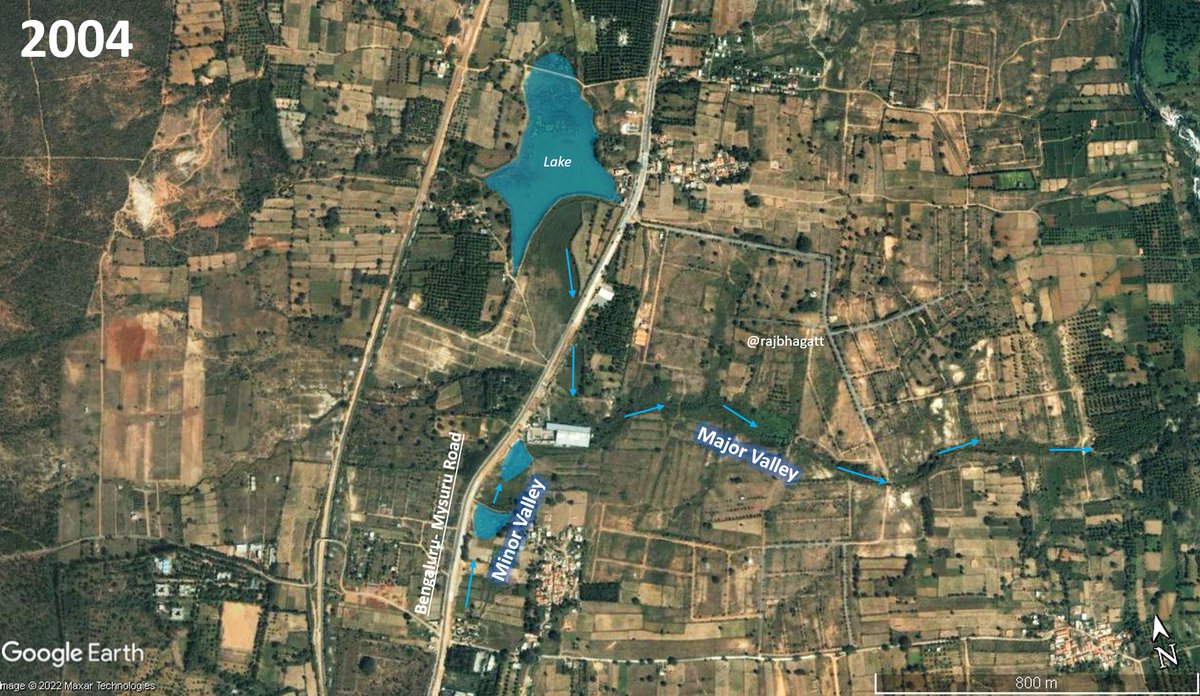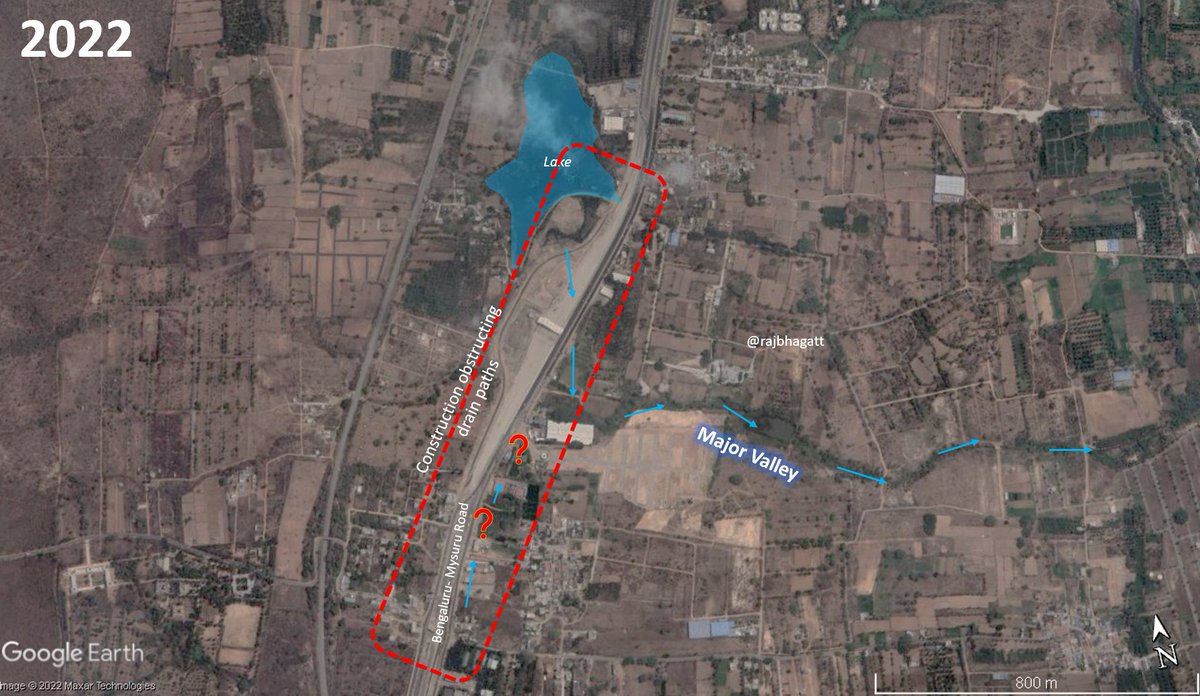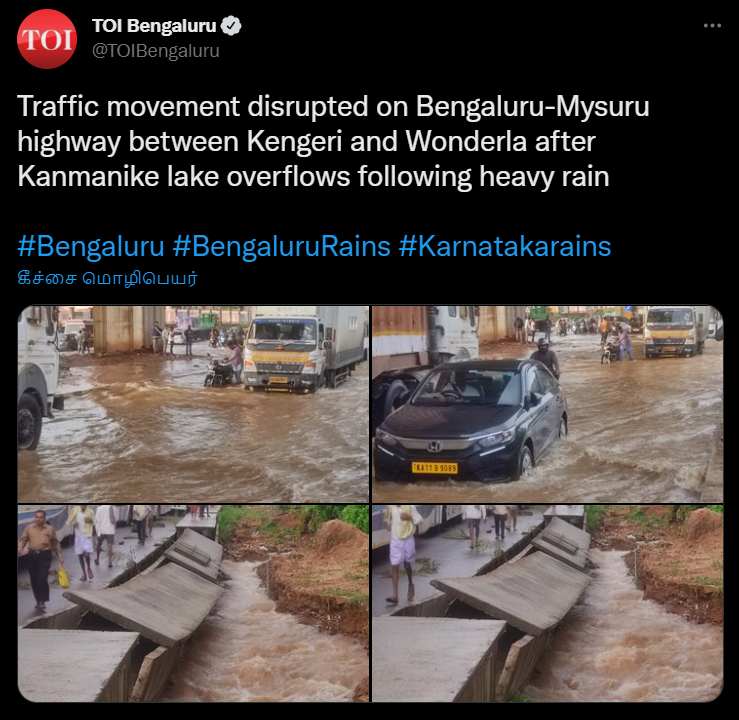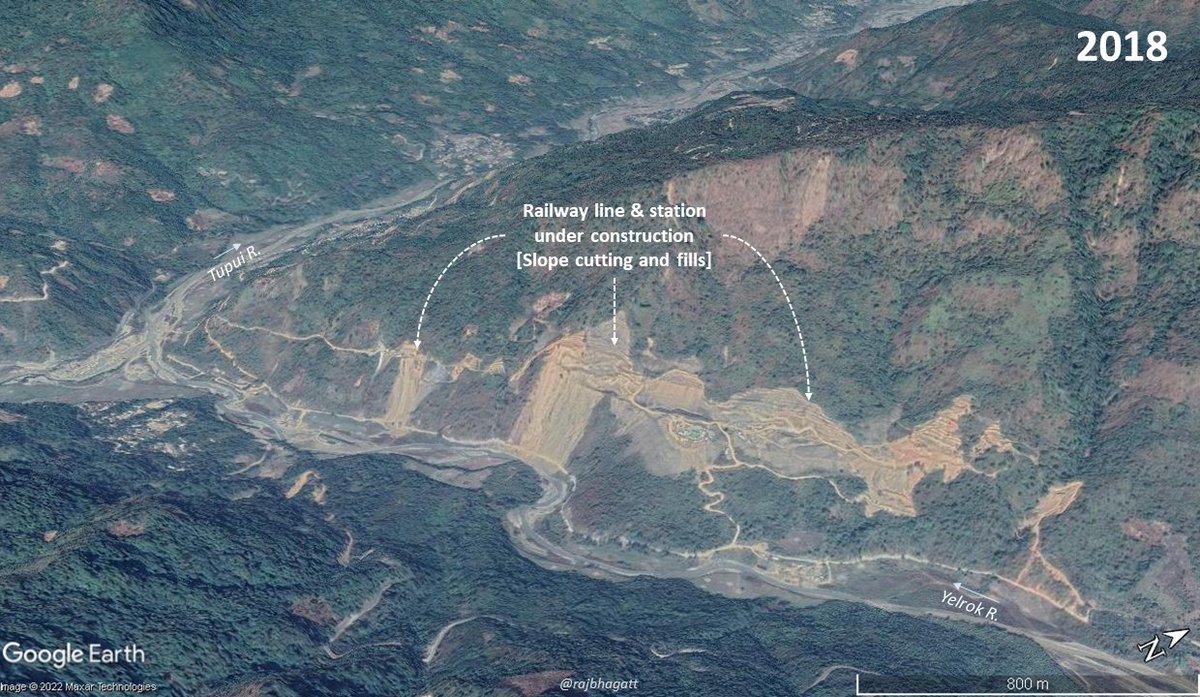
#Bihar
1) Throughout the entire south west monsoon season, Bihar and the catchments of the rivers that flow through it have been facing deficit rainfall. But..
1) Throughout the entire south west monsoon season, Bihar and the catchments of the rivers that flow through it have been facing deficit rainfall. But..

2) Throughout the entire season, Kosi river has been flowing above warning level for every day and above danger level almost every day!
Isnt it odd that a river basin that is facing deficit and drought like situation have flood too simultaneously?
Isnt it odd that a river basin that is facing deficit and drought like situation have flood too simultaneously?

3) The primary reason is Bihar's topography and our failed methods of attempting to control them. Bihar has an extremely flat terrain, that just 1.5 m rise in Kosi river can cause it to flood.. 

And the effect of the embankments can be read here in this thread
https://twitter.com/rajbhagatt/status/1277252836288417792
If a river can flood during an year of deficit, imagine what would happen in an year of average or higher rainfall.
• • •
Missing some Tweet in this thread? You can try to
force a refresh



















